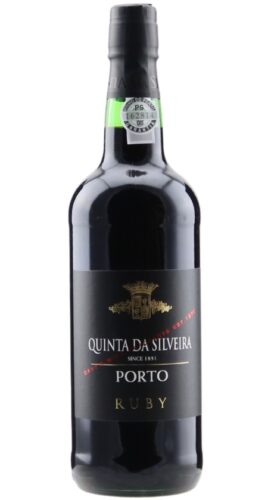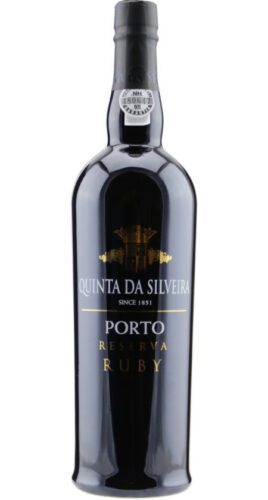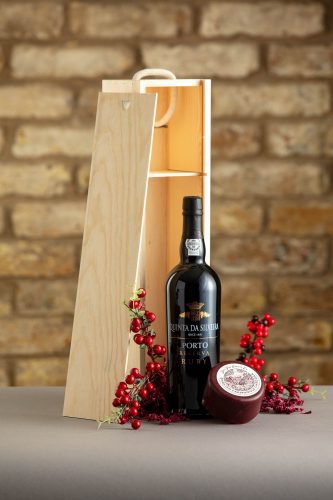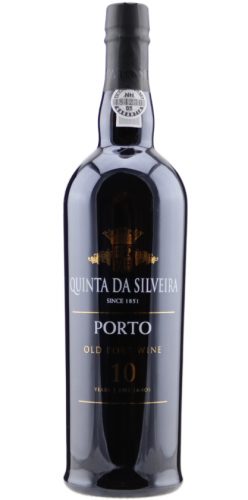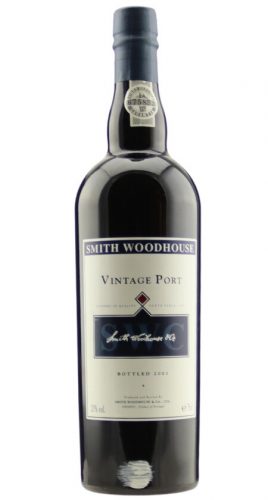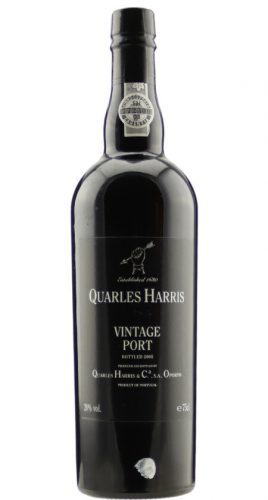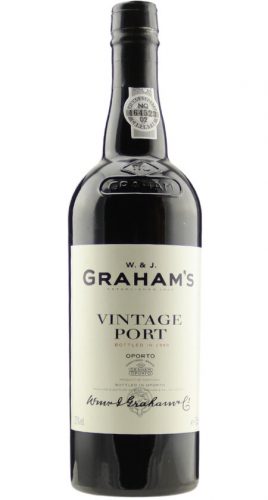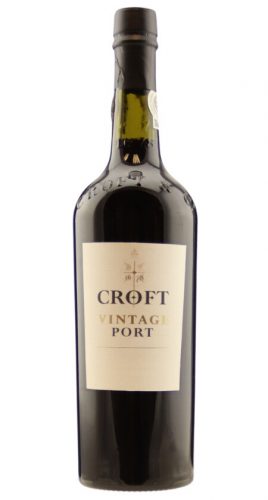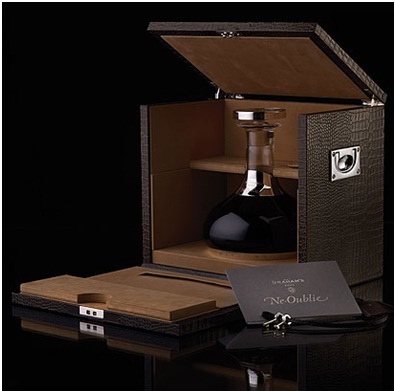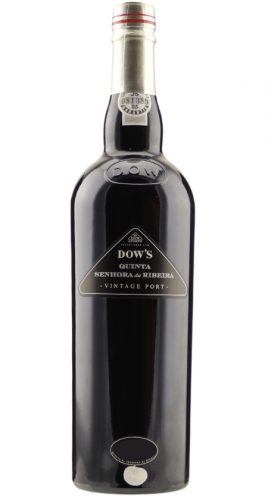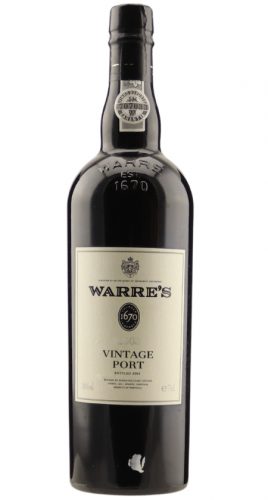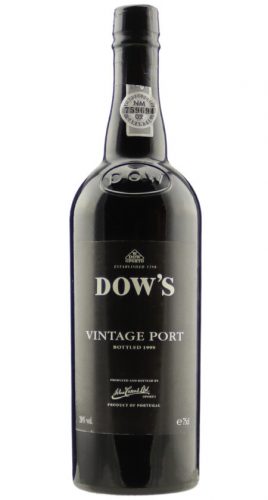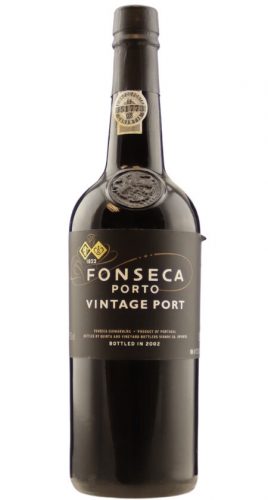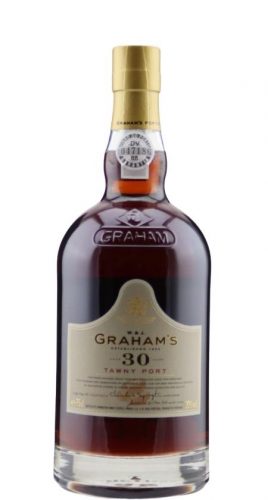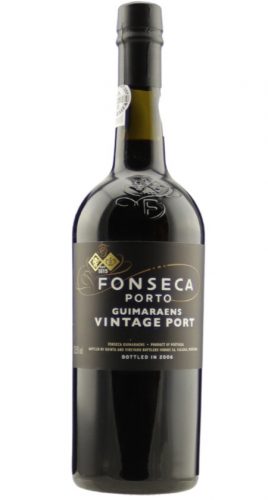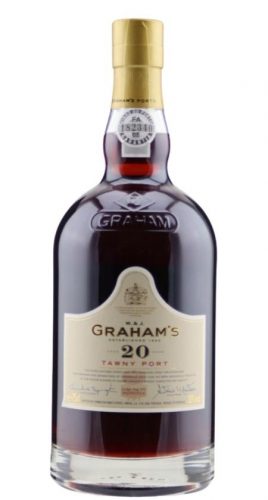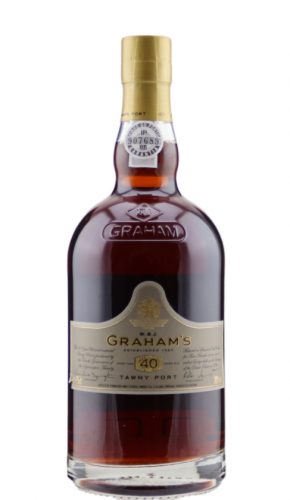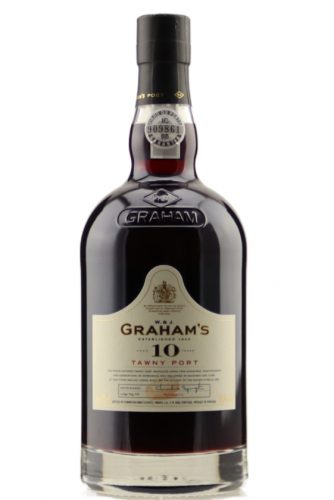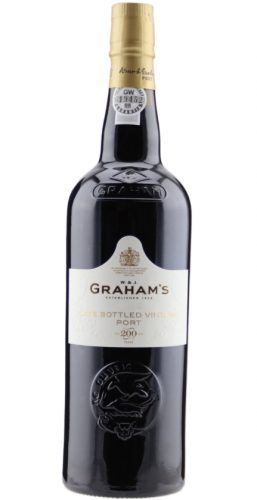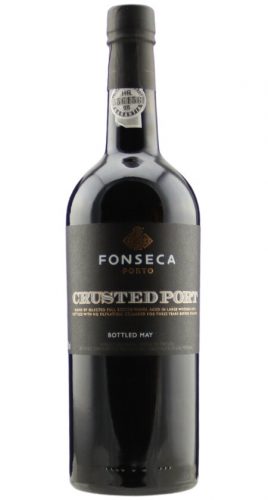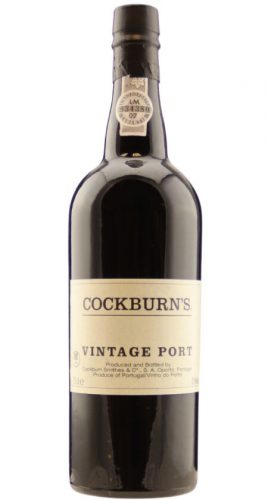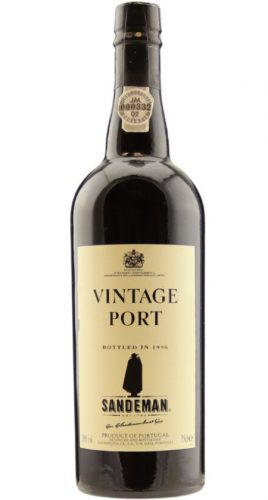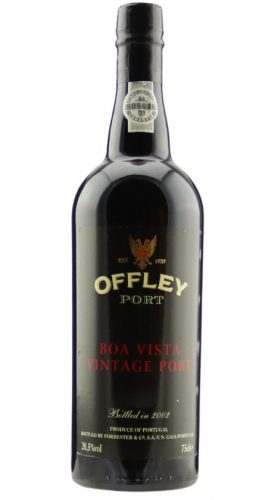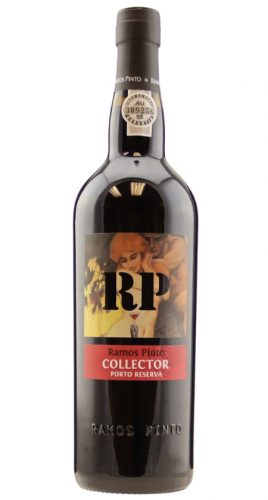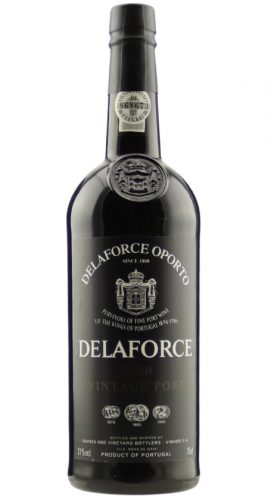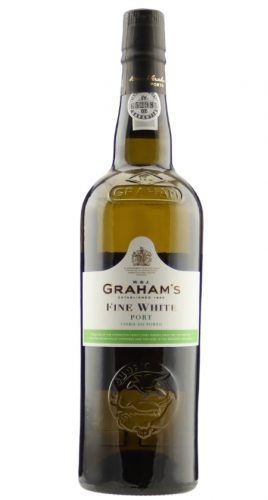Port wines are made in the Douro Valley, where most of the steeply terraced vineyards with schist soil are to be found. The Douro Superior, the hottest section which runs up to the Portuguese border, is today a potential new source for wine. The five most widely used grapes for the production of red Port wine are Touriga Nacional, Touriga Franca, Tinta Roriz (Tempranillo), Tinta Barroca and Tinto Cão. View our range.
How port is made
Traditionally grapes are trodden by foot in thigh-deep granite treading tanks known as lagares, in order to achieve gentle but complete extraction of colour and tannin to produce deep wines with good structure. Today, many wineries are using mechanical press and only Premium Ports are made using this technique.
During this process, the yeasts start to convert sugar into alcohol. Once the level of alcohol required by the winemaker is achieved, a neutral grape spirit called aguardente is added to the wine in order to stop the fermentation and keep high level of residual sugar.
Different styles of port wines
Ruby Port
Young port wines barrelled for a short time. They are fruity and ready to drink as soon as they are bottled.
Tawny Port
Aged for at least 7 years in oak barrel, producing wines lighter in body and colour than in ruby port with toffee and nutty aromas. They are made by combining several older port wines together. 10, 20, 30 and 40 years old are the most usual one, the oldest revealing more developed and complex aromas.
Vintage Port
Vintage ports are from the best grapes in a declared year and aged in barrel for two years only, so the wine will continue to mature in the bottle. They need to be decanted.
Late Bottle Vintage Port (LBV)
Made from a single vintage and aged in barrel for 4-6 years before being bottled.
Colheita Port
Single vintage Tawny aged for 7 years minimum in barrel. Most of them are matured longer and can be kept in oak for up to 50 years.
Port’s grape varieties
Touriga Nacional: one of the principal varieties used to make Port, admired for its weight and structure. Also makes table wines in the Douro Valley and the Dão region. Has a dark colour, full tannins and a strong varietal character.
Tinta Roriz: the Portuguese name for Tempranillo.
Tinta Bairrada: a tannic red grape variety with good acidity, also known as ‘Baga’, grown in Portugal’s Bairrada region.
Tinta Barroca: a red variety, grown in the Douro Valley in Portugal. Used as one of the varieties to make Port. Also cultivated in the Western Cape in South Africa.
Touriga Franca: one of the primary varieties used to make Port. Grown in the Douro Valley and the Dão region it is also produces table wines which are full bodied and stylish with rounded tannins.


